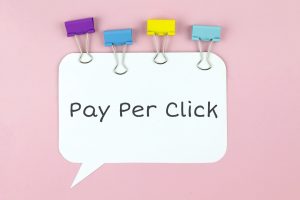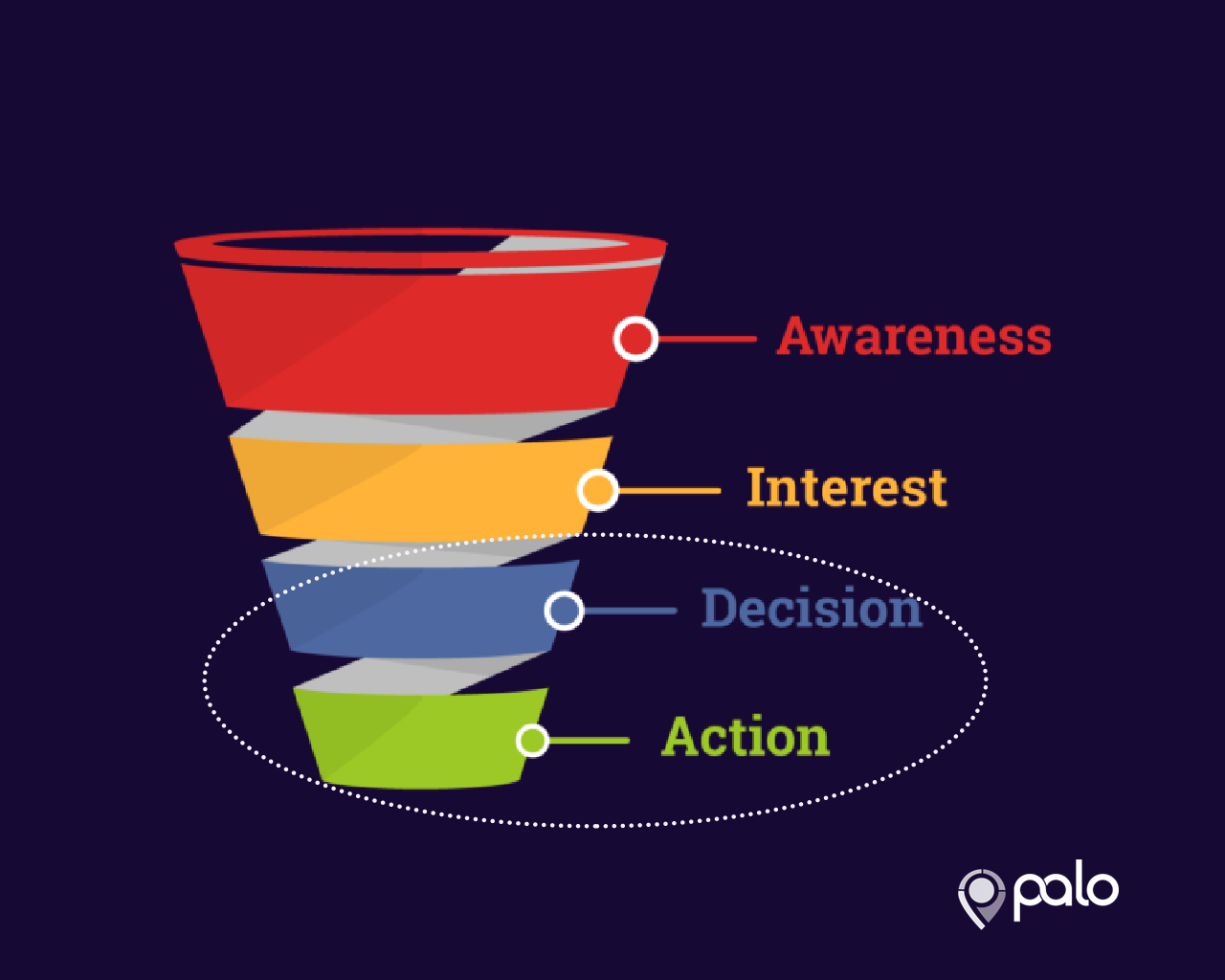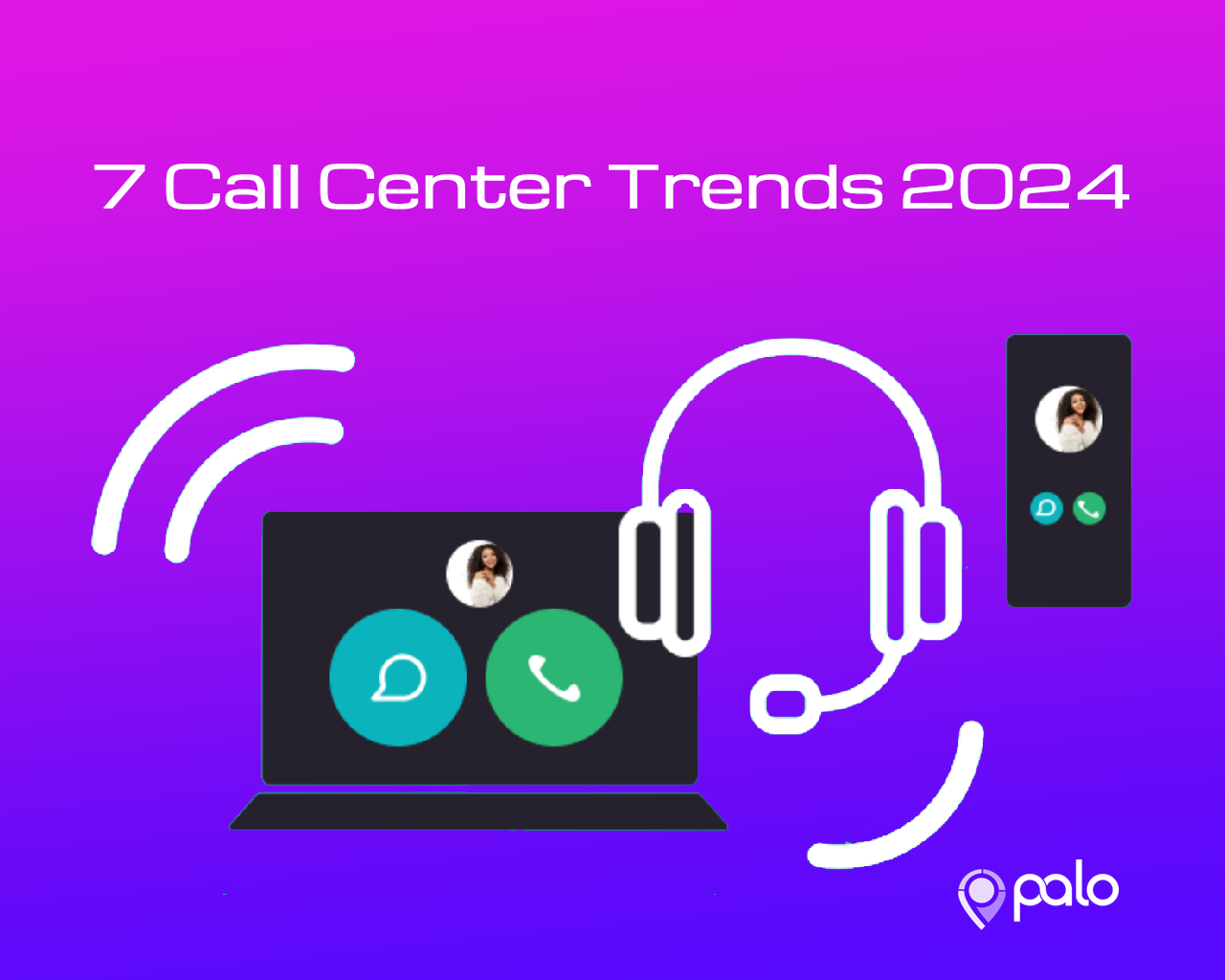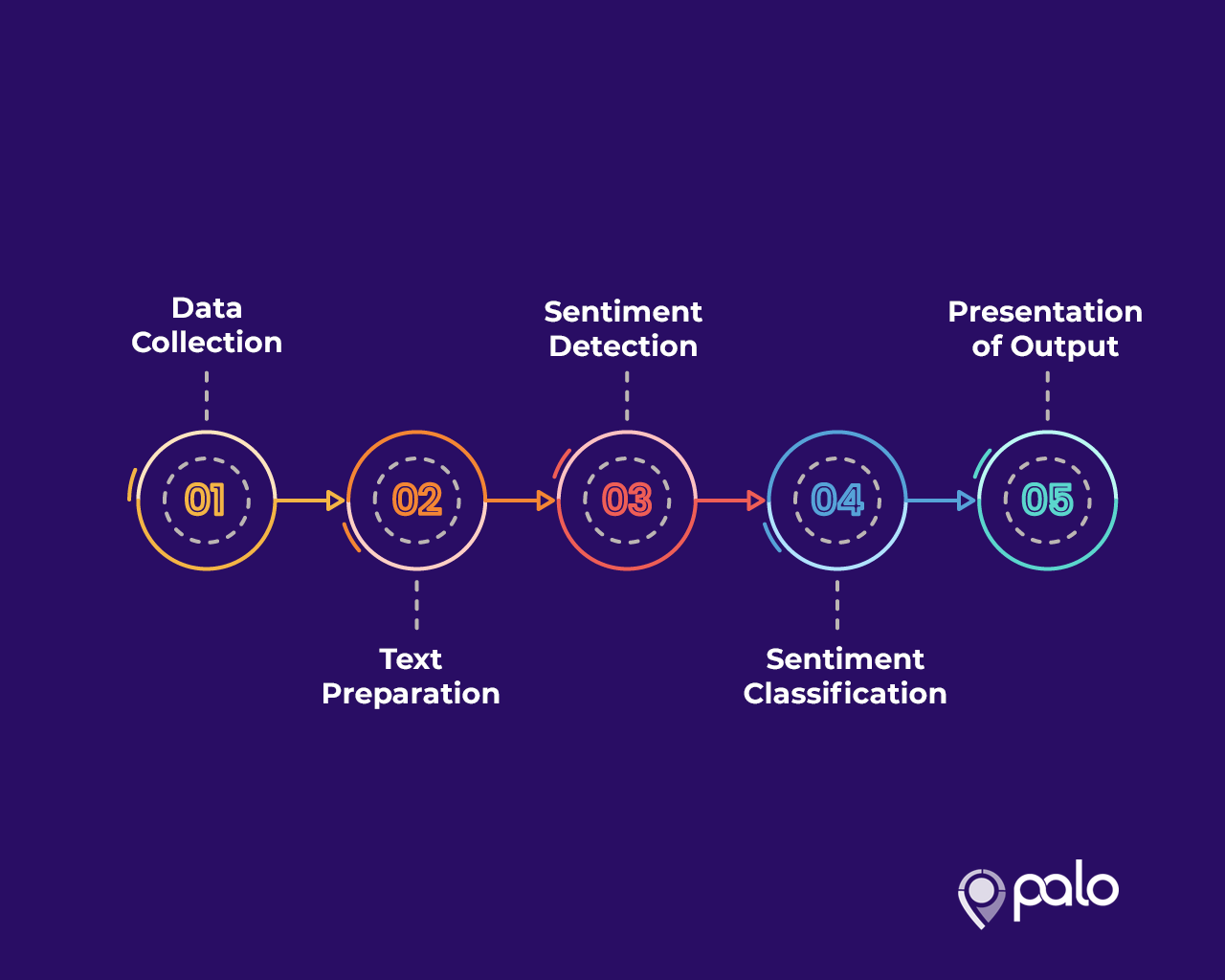
The Past, Present, and Future of Pay-Per-Call Marketing
The pay-per-call industry has evolved massively over the last decade. This post explores the history of pay-per-call marketing, a review of where the industry is today, and the technology that will most likely revolutionize its future.
Remember that the latest technology, specifically the advent of artificial intelligence and machine learning, has enhanced the real-time call routing method by deploying highly predictive data matching patterns to achieve efficiency and better ROI.
However, innovation and efficiency can’t be achieved by technology alone; it requires the effort of everyone involved in the industry to achieve great success.
So, let us explore the past, present, and future of the pay-per-call marketing industry.
The Past
The pay-per-call marketing industry started as a basic business marketing function where leads would fill a contact form with their phone number and wait to be contacted. Buying inbound call leads was a bit of a gamble these days. Advertisers would buy calls from brokers or publishers blindly.
Still, the buyers enjoyed some sense of quality until the disposition report came into play which took up to 90 days. This was a pretty challenge everywhere for both advertisers and publishers since there was no option to proactively optimize call traffic in real-time to ensure the success of pay-per-call marketing campaigns and meet performance targets.
Another common practice that defined the pay-per-call industry in the past was lead generation methods used. Data leads, pay-per-call, and clicks were usually viewed as separate entities and managed as siloed businesses.

In most cases, an advertiser would do business with you for only one of the three categories or possibly two. It was quite uncommon for a buyer to approach a publisher, hold a holistic conversation about performance-based marketing, and treat them as an extension of their marketing team.
The relatively limited visibility of consumer calls and siloed business practices still exist today but on a small scale. There are also industry trends specifically designed to address these challenges.
The Present
Publishers, advertisers, and pay-per-call networks have come a long way to address various challenges that were witnessed in the past. However, we are still far from reaching the full potential of pay-per-call marketing.
One of the most fundamental challenges is still poor visibility into call traffic and tracking performance. To address this challenge, advertisers and publishers have started to use real-time analytics tools that provide a more accurate view of call quality and performance metrics in real-time.
Another key challenge that exists today is the lack of transparency in the data used to determine which call leads are credible. This has been addressed by using specialized technology such as artificial intelligence and machine learning that can identify patterns and predict outcomes with greater accuracy and efficiency.

However, with the growth of call transfer campaigns where contact centers dial the data leads, publishers and advertisers now have more data on the consumers. It means that publishers can better match the leads with the right advertisers to improve the conversion rate for raw and billable calls.
Transfer calls have also led to pay-per-call marketing campaigns being more integrated with the sales process. This has resulted in a higher quality of leads and calls, essential for any business looking to scale their pay-per-call marketing efforts.
The Future of Pay-Per-Call Marketing
The future of pay-per-call marketing looks very promising with the technological advancements that are being made every day. The industry is expected to grow rapidly, making it one of the most lucrative marketing channels for both publishers and advertisers.
Already, there are many new opportunities in the industry, such as developing cross-platform call tracking to measure call performance across various channels.

The upcoming days will also see marketers integrating more data sources into their pay-per-call campaigns, which will improve targeting efforts and further boost conversions.
It is clear that the industry has come a long way since its early days, but there is still more work to be done in order for it to reach its full potential. Still, with all these innovations and improvements, pay-per-call marketing remains one of the most effective ways for advertisers and publishers to drive leads and sales.
What Makes Pay-Per-Call Marketing Better Than Pay-Per-Click Marketing?
Several factors make pay-per-call marketing a better option than pay-per-click (PPC) marketing. For one, it offers greater visibility and control over call traffic. Publishers can also get more accurate performance metrics in real-time, which allows for better targeting and optimization of campaigns.
Another advantage of pay-per-call marketing is that it is more integrated with the sales process. This results in higher quality leads and calls, which is essential for any business looking to scale its pay-per-call marketing efforts.

Finally, pay-per-call marketing is more effective at driving conversions than PPC marketing. This is because consumers are more likely to take action after a call than after clicking on an online ad. As such, it is the clear choice for businesses looking to generate high-quality leads and sales quickly and easily.
Summary
Ultimately, the future of pay-per-call marketing looks very bright, and I am excited to be a part of this growing industry. With all the technological advances that are constantly being made, there is no doubt that we will see even more rapid growth in the coming years. It will surely be an exciting time to be involved in this industry!






